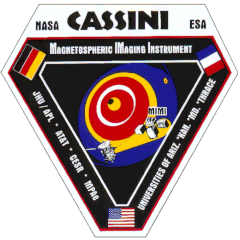Cassini MIMI Investigation at Fundamental Technologies
Numerical Computation of Energy-Dependent Geometric Factors of E and F Electron Detectors of CASSINI/MIMI/LEMMS
Technical Report by Xiaodong Hong and Thomas P. Armstrong, May 10, 1997
Chapter 4 Results and Discussion
The Cassini/MIMI/LEMMS subsystem has been modeled with polygon planes. The calculation of the magnetic field has been performed in two configurations. The calculated values are compared with the measured values. The trajectories of electrons with different energies have been traced, and the results are used to compute the geometric factors.
The results of the geometric factors for the E and F detectors are given in Table 4.1 with different electron energies. The plots of energy-dependent geometric factors for two different magnetic field simulations are also given in Figures 4.1 - 4.3. As we can see, geometric factors for high energy are similar with both magnetic field simulations. For the improved magnetic field calculation there is only a slight change of the field strength around the open aperture area, and this would not affect the high energy electrons dramatically. Only the low energy electrons would be sensitive to the small magnetic field strength variation.
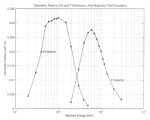 |
Figure 4.1 Geometric factors of E and F detectors, first magnetic field simulation. |
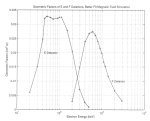 |
Figure 4.2 Geometric factors of E and F detectors, better fit magnetic field simulation. |
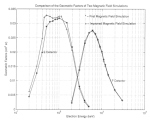 |
Figure 4.3 Comparison of the geometric factors of two magnetic field simulations. |
Table 4.1 Geometric factors of E and F detectors with different energies in two different magnetic simulations (cm2 sr)
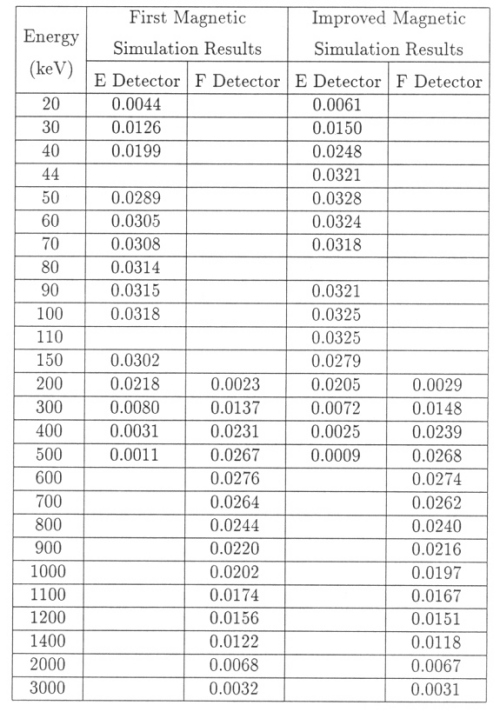
Further consideration of the backscattering effect might be necessary if one wants to improve the accuracy of the geometric factors computation. (See Hong's thesis [3] for more information about the backscattering electron effect on the geometric factors.)
Next: Appendix A Coordinates and Coefficients of the Polygon Planes
Return to Technical Report Table of Contents
Return to Cassini
MIMI table of contents page.
Return to Fundamental
Technologies Home Page.
Updated 8/8/19, Cameron Crane
QUICK FACTS
Mission Duration: The Cassini-Huygens mission launched on October 15 1997, and ended on September 15 2017.
Destination: Cassini's destination was Saturn and its moons. The destination of the Huygens Probe's was Saturn's moon Titan.
Orbit: Cassini orbited Saturn for 13 years before diving between its rings and colliding with the planet on September 15th, 2017.



